I'm using ggplot to map data values to a (fortified) SpatialPolygonsDataFrame, but many of the polygons have NA values because there is no data available.
I used na.value = "white" to display the missing data correctly, but I'd like to add a box with a white fill in the legend (or a separate legend) with the label "no data".
library(ggplot2)
india.df <- read.csv('india.df.csv')
# (I don't know how to provide this file to make the code reproducible)
ggplot() +
geom_polygon(data=india.df, aes(x = long, y = lat, group = group, fill=Area_pct)) +
scale_fill_gradient(low="orange2", high="darkblue", na.value = "white") +
geom_path(data=india.df, aes_string(x = x, y = y, group = group), color = "gray", size = 0.25) +
theme_bw() +
coord_map() +
labs(title = "Rice Under Irrigation in Gujarat - 2001",
fill = "Area (%)")
(I have a great image to illustrate this but don't have enough reputation points to post it)
I've read this, but my data is continuous (not discrete), and this, but I can't figure out how to adapt the 'line' change to 'fill'.
Thanks for the help!!
